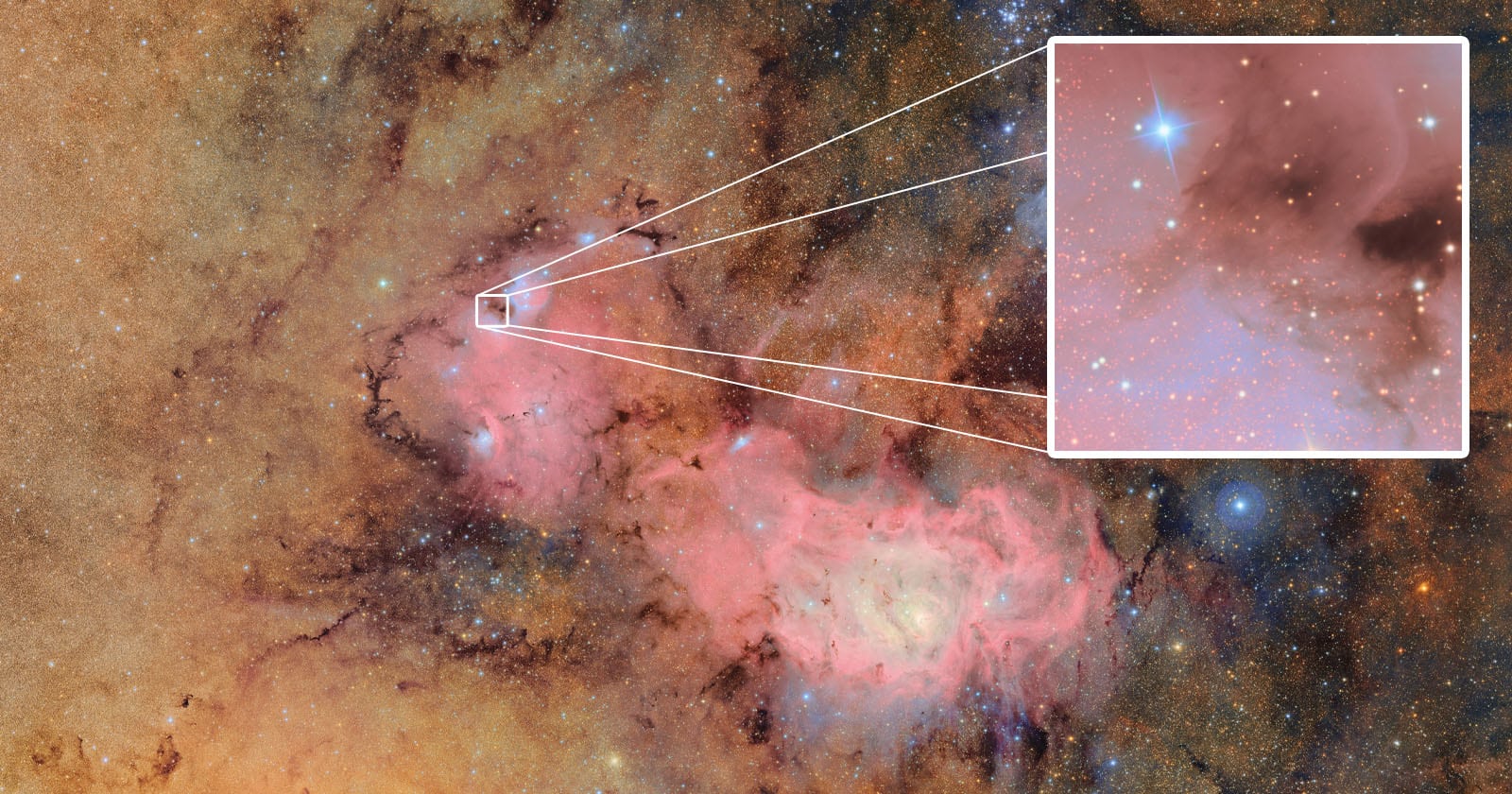Rubin Observatory Records Distant Nebulae from Chile

Two stunning stellar nurseries, the Lagoon and Trifid Nebulae, have been unveiled in remarkable detail through one of the first public images from the Vera C. Rubin Observatory. Situated 4,000 light-years away from Earth, these vibrant clouds of gas and dust showcase the observatory’s scientific capabilities. The images were released during a livestream event on June 23, offering an exciting glimpse into the observatory’s future explorations of cosmic evolution over the next decade from its high-altitude location in Chile’s Andes Mountains.
Rubin Observatory’s Ambitious Sky Scans
The Vera C. Rubin Observatory is set to revolutionize our understanding of the universe by scanning the entire southern sky every three to four nights. According to observatory director Željko Ivezić, the initial images highlight the facility’s expansive field of view and its unique ability to monitor changes in the cosmos over time. During a watch party in Washington, D.C., Ivezić emphasized the variety of celestial objects captured, ranging from nearby bright stars to distant red elliptical galaxies. Princeton University astronomer Yusra AlSayyad also praised the observatory’s advanced image processing capabilities, which will facilitate rapid discoveries across vast segments of the sky.
Equipped with a giant self-adjusting telescope and the largest digital camera ever built, the observatory will capture approximately 1,000 images each night during 30-second exposures. This rapid imaging cadence allows scientists to detect millions of transient objects, including asteroids, supernovae, and potentially unknown cosmic phenomena as they occur. The observatory’s mission extends beyond mere observation; it aims to map galaxies, star systems, and the distribution of dark matter, which constitutes about 85 percent of the universe’s mass.
Mapping the Cosmos and Dark Matter
The Vera C. Rubin Observatory is not only a technological marvel but also a significant step forward in the field of astronomy. The observatory is named after astronomer Vera Rubin, who played a pivotal role in providing evidence for the existence of dark matter in the 1970s. As the observatory gears up for its scientific endeavors, there is optimism about gathering more data later this year once construction is completed. The collaboration between the U.S. National Science Foundation, the Department of Energy, and the Rubin Observatory promises to transform our understanding of the cosmos.
Telescope scientist Sandrine Thomas highlighted the project’s potential to revolutionize cosmic research. The observatory aims to engage the general public in real-time as it chronicles the unfolding story of the universe. This initiative not only enhances scientific knowledge but also fosters a deeper connection between the public and the wonders of the cosmos.
Future Prospects and Public Engagement
As the Vera C. Rubin Observatory prepares for its groundbreaking work, the excitement surrounding its capabilities continues to grow. The observatory’s ability to capture dynamic changes in the night sky will provide unprecedented opportunities for scientific discovery. Researchers anticipate that the data collected will lead to new insights into the formation and evolution of galaxies, as well as the nature of dark matter.
Moreover, the observatory’s commitment to public engagement ensures that the journey of exploration will be shared with a broader audience. By making real-time data accessible, the Rubin Observatory aims to inspire curiosity and wonder about the universe. As it embarks on this ambitious mission, the observatory stands poised to become a cornerstone of modern astronomy, inviting everyone to witness the unfolding mysteries of the cosmos.
Observer Voice is the one stop site for National, International news, Sports, Editor’s Choice, Art/culture contents, Quotes and much more. We also cover historical contents. Historical contents includes World History, Indian History, and what happened today. The website also covers Entertainment across the India and World.

